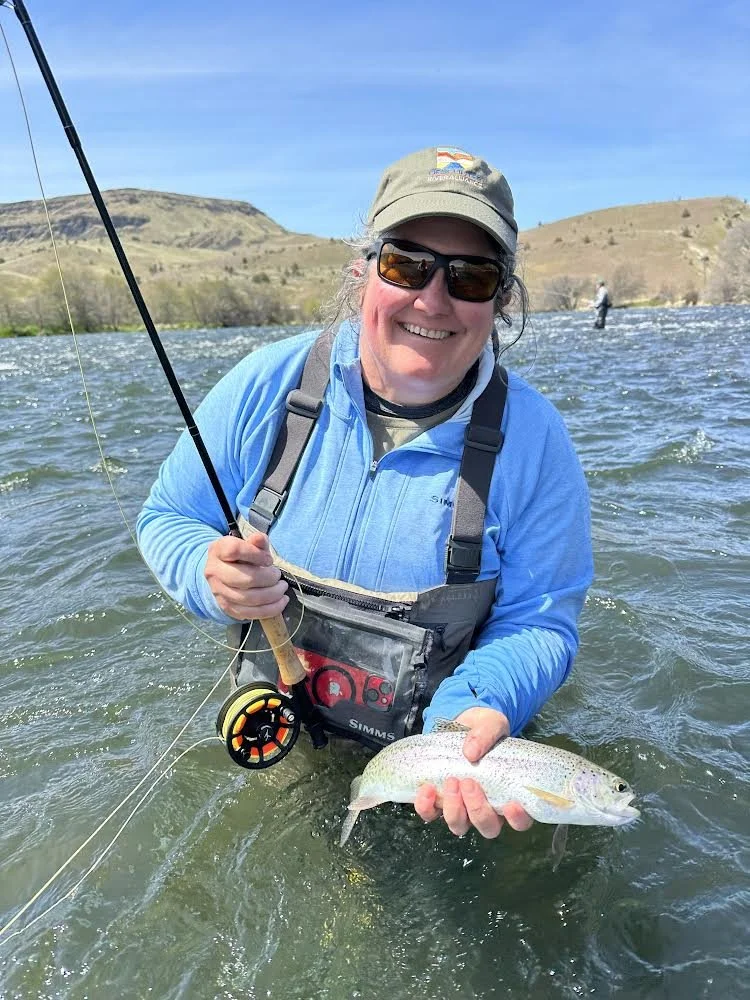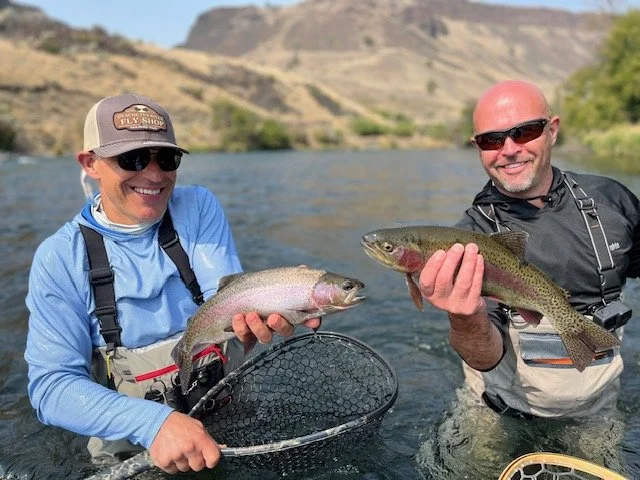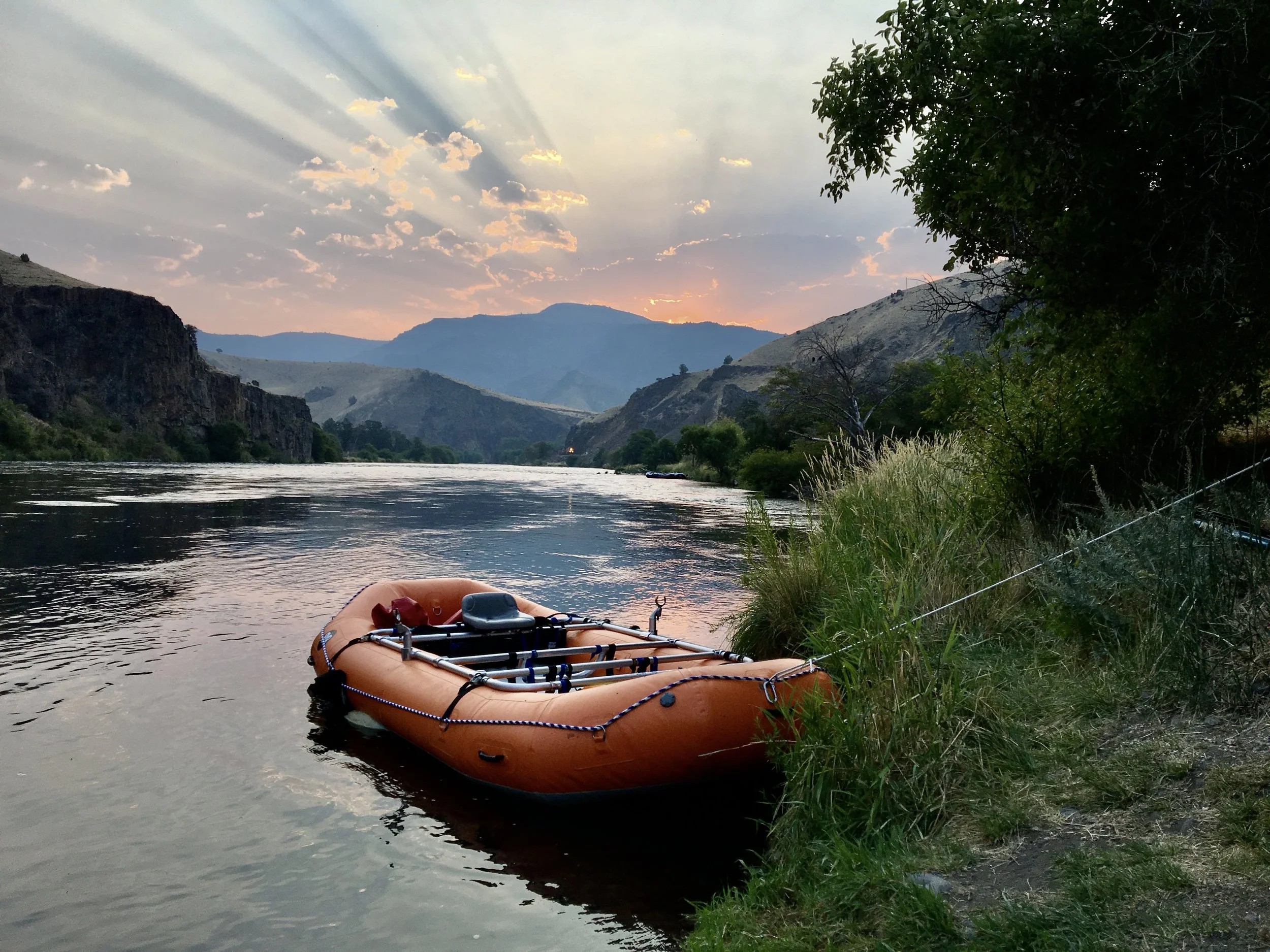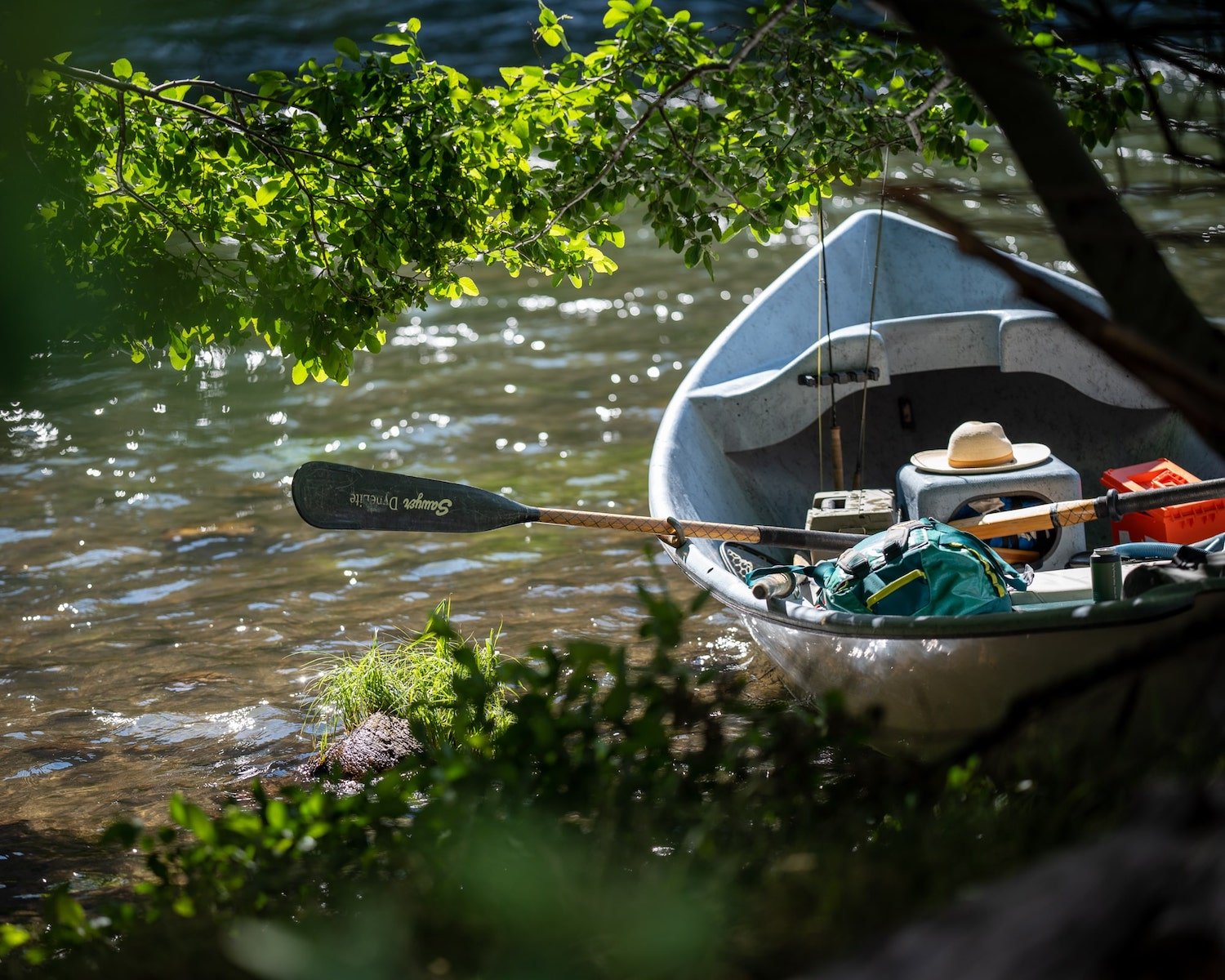The Ask: Operational Changes That Will Benefit the Lower Deschutes
The emerald green water on the surface of Lake Billy Chinook, laden with algae-producing nutrients, flows into the lower Deschutes 8 months out of the year. Colder, cleaner water could be drawn from the depths of the reservoir for most of the year, which would improve water quality in the lower river.
What is the ask that the Deschutes River Alliance is making to correct the issues facing the lower Deschutes River?
The DRA and its thousands of supporters are asking for a three-year trial that would put the maximum amount of cold water from the depths of Lake Billy Chinook into the lower Deschutes River. Maximum bottom draw would occur for nine months out of the year, from the middle of June until the middle of March the following year. The three month exception would take place from March 15th to June 15th, when water would be released during nighttime hours from the surface of Lake Billy Chinook to facilitate juvenile salmon migration.
Who is the DRA asking to make these changes?
The Oregon Department of Environmental Quality, (DEQ) has the power to enforce state water quality laws. In February of this year, Gov. Tina Kotek directed DEQ to consider all possible options for improving water quality in the lower Deschutes River.
Portland General Electric has the leeway under its federal permit to operate the Pelton Round Butte Project to quickly change operations, especially when biological goals are not being met. Unfortunately, the company has steadfastly refused to make these changes.
How will this improve conditions in-river?
This graph depicts pH and temperature measurements in June-July 2024. Note the rapid compliance with water quality standards that occurred when colder, cleaner water was released from the depths of Lake Billy Chinook.
The DRA prides itself on being a science-based advocacy organization. Our data has shown that when cold, clean water is released from the depths of Lake Billy Chinook, the persistent water quality violations that have occurred since the Selective Water Withdrawal Tower came into operation, particularly in the warmer months of the year, can be brought into compliance. Temperature violations tell only part of the story. The pH standard is vital to the health of salmonids. On the lower Deschutes, the pH standard has been violated every day in 2025 that the DRA’s monitoring station in Maupin has been taking readings, beginning in mid- April.
How is this proposed scenario different from current operations?
The scenario outlined above is in many ways the opposite of how PGE is currently operating flows from Lake Billy Chinook. Currently, warm water from the surface of Lake Billy Chinook is released into the lower river for eight months out of the year, from October through the end of the following June. Even when PGE begins to move more cold water out of the reservoir, with rare exceptions, it does not release the maximum proportion of cold water, which is 60-65% from the depths of the reservoir, and 35-40% from the surface.
Does the current management scheme provide any quantifiable biological benefit?
Extensive research by the DRA’s science team, in particular, by DRA board member and retired Oregon Department of Fish and Wildlife biologist Steve Pribyl, has found no biological benefit to current operation of the Pelton Round Butte Project. On the contrary, significant potential biological harm is present under the current regime, due to ongoing violations of state and federal water quality laws.
Then why does PGE continue to stick to current operations?
As yet, we don’t have a good answer to this question. According to the company’s own website, PGE can change the operation of the Selective Water Withdrawal Tower without compromising power production or revenue. As we’ve seen during recent summer heat waves, PGE will cool the lower Deschutes when dire weather conditions merit such a move. In an era when dire conditions, especially in summer, are starting to look like the norm, cooler, cleaner water for the bulk of the year sure looks to the DRA like the best course of action to preserve the national treasure that is the lower Deschutes River.
More From The Blog
Subscribe the the DRA Newsletter
The Deschutes River Alliance is your focused voice to protect the lower Deschutes River, its cold water flows and the fish and wildlife that are sustained by them. We send regular emails with important data and news about the lower Deschutes River. We will not sell or loan your contact information to others.
How to Support the DRA
Everyone wants clean, healthy water in the Deschutes River. Oregonians cherish our clean and healthy waterways to provide drinking water, wildlife habitat and recreational activities. The lower Deschutes River is a federally designated Wild & Scenic River, and a national treasure. It must be protected for the environmental and economic health of Central Oregon. We believe by working together we can return the lower Deschutes River to full health.























